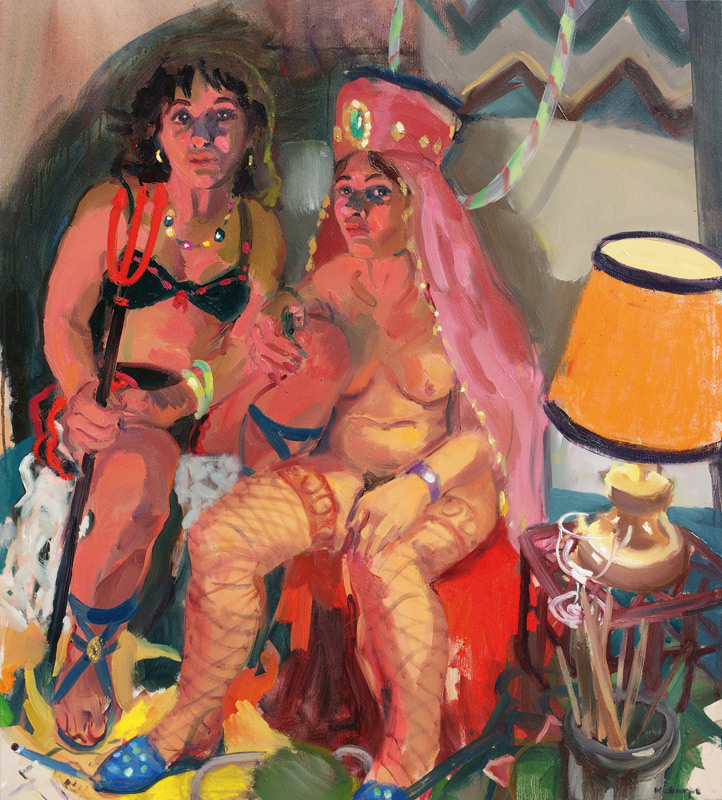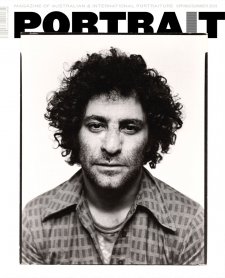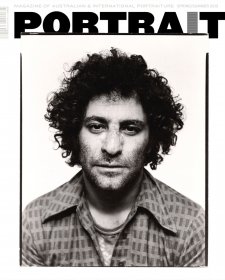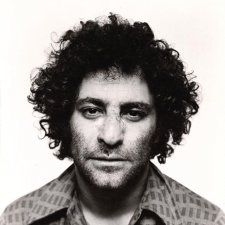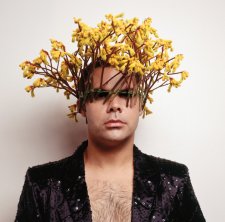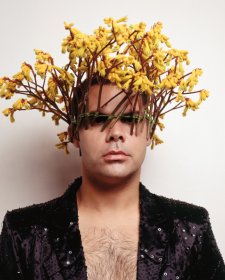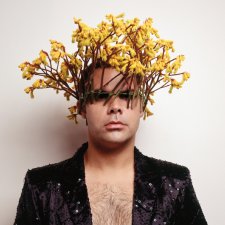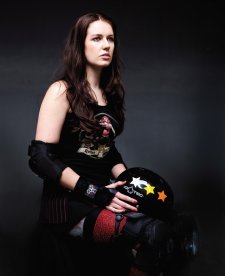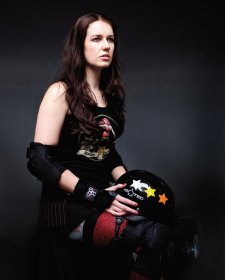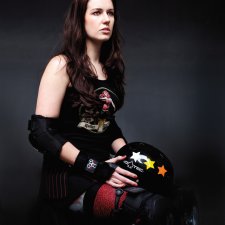Although I have won the Archibald Prize and the Portia Geach Memorial Award (twice), I am not a portrait painter. My work is figurative and narrative and often, though not always, there is an autobiographical element.
I have been a finalist in the Archibald four times, all self portraits, with the exception of 2013 when I painted Venus Vamp, a burlesque performer, part of a recent body of work about burlesque, dress up and makebelieve. The painting is about Venus Vamp’s stage persona and character, not just likeness. I had been working a lot from life with various performers posing for me in my studio. A good portrait must also be an interesting painting. Formal qualities such as colour, composition and tone need to be considered. The most exciting portraits are not merely about likeness, they tell us something about the sitter as well.
Lately there has been a fashion for what I call ‘hand painted photographs’, which to me has very little to do with painting and is very banal. I am not saying there is anything wrong with using photographs, you can use anything to get an interesting image, but to slavishly copy one makes it seem as though painting’s highest achievement is to resemble a photograph. It is an insult both to painting and photography. Why not leave it as a photo?
I have always been interested in making paintings about people. Usually there is a female protagonist. I make the analogy with a novelist where even if the main character isn’t me she may represent aspects of my personality. She is also a sort of ‘every woman’. That’s what I want to viewer to identify with.
